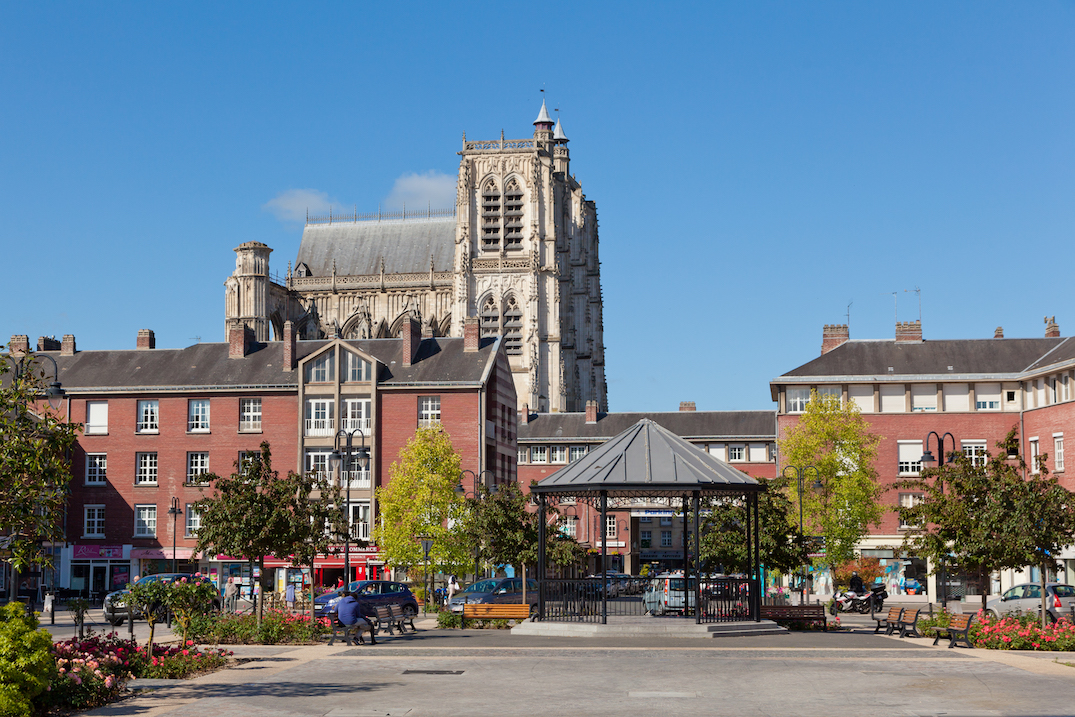Description
Before they arrived the Germans had previously bombed Abbeville on 20th May 1940.
Around 5,000 explosive and incendiary bombs caused panic and destroyed several centuries-old heritage sites.
On September 1939 Britain and France declared war on Germany which had just attacked Poland. During the following months, the Allies took a defensive position and got involved in little fighting. This period was called the “Phoney war” by the famous Amienois writer Roland Dorgelès.
During these 8 months of “Phoney war” Germany elaborated a plan of attack. On 9th October 1939 Hitler commanded the OKH (Oberkommando des Heeres) to prepare a tactic with the aim “to conquer enough Dutch, Belgian and French ground to allow aerial and naval war against England”. Several proposals had been rejected by the Head of the 3rd Reich; then Erich von Manstein submited an ingenious plan. It consisted of attacking the Netherlands and Belgium in order to lure the Allied forces: while the Allies would go towards Belgium the Germans would catch them by surprise and then take them from behind through the Ardennes. This project was later called the “Fall Geld” by Winston Churchill and was used as a title for one of Henri de Wailly’s books. It envisaged the annihilation of the enemy from Belgium to the mouth of the Somme.
In the meantime the French reviewed the assumptions of German attacks. They didn’t think an attack coming from the Ardennes was possible since they believed it was an impassable barrier for armoured troops. They didn’t believe in an attack of the Maginot line either. They thought the Germans were going to reproduce an attack similar to 1914, coming from Belgium. Thus, the “plan Dyle-Breda” was developed and planned to rescue Belgians and Dutch in case they were attacked by the Germans.
The “Phoney war” ended on 10th May 1940 when Germany launched the “Fall Geld” and invaded Belgium and the Netherlands. The French general Gamelin activated the “plan Dyle-Breda”: the Army of the North and the British Expeditionary Force (B.E.F.) went to Belgium.
As arranged, Germany executed the second phase of the plan: isolating allied troops in Belgium. On 13th May a German armoured group broke through the French front in the Ardennes. This German troop had to reach the mouth of the Somme and to execute the Fall Geld. Abbeville became the target to achieve. It represented the last big city, the last crossroad. The Wehrmacht had to obtain Abbeville, regardless of the consequences. If Abbeville could not be obtained, the project would have failed.


